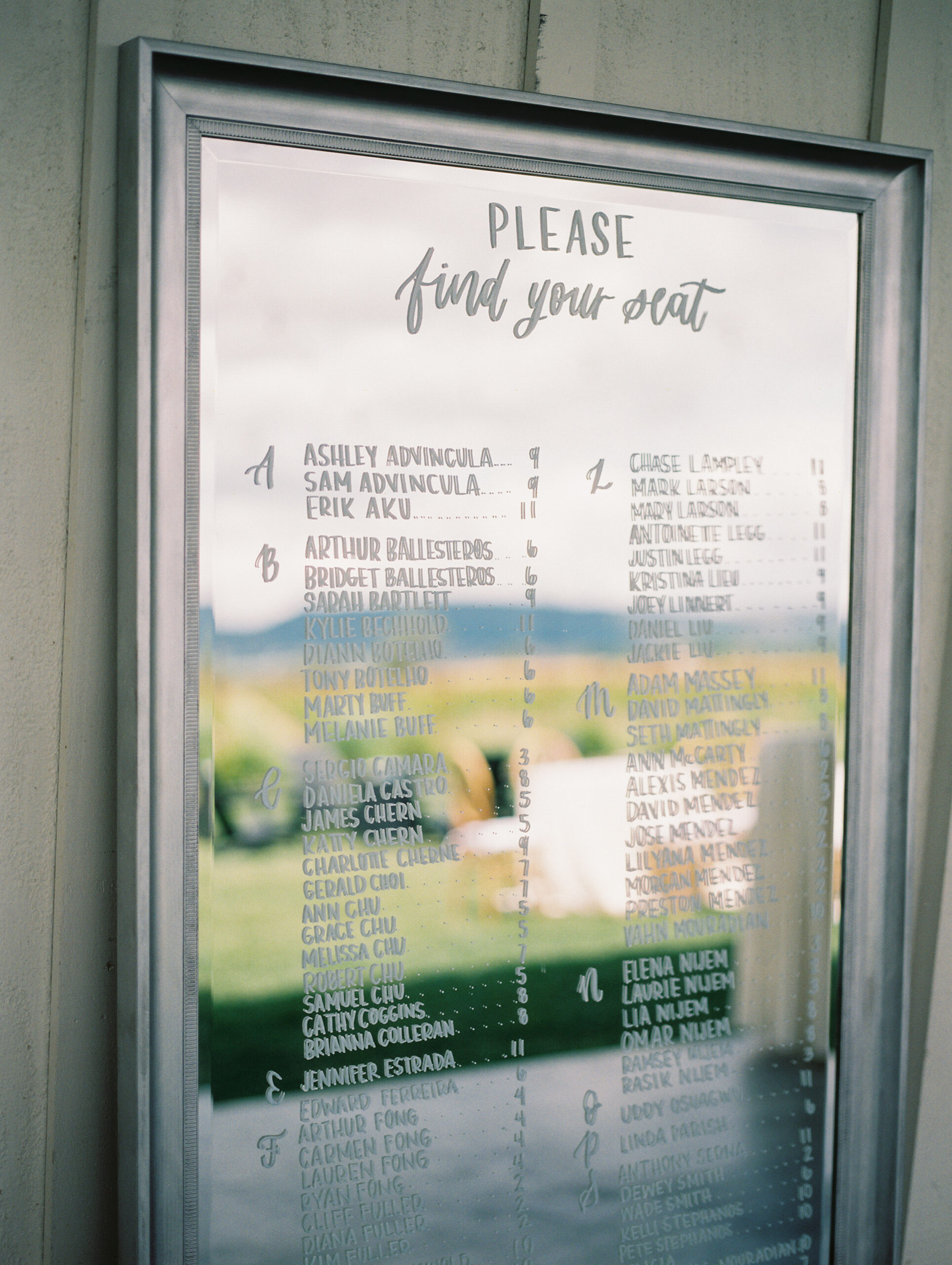Mastering the Art of Seating Charts
Welcome, brides and grooms-to-be, to one of the most intricate puzzles of wedding planning: the seating chart. As a seasoned wedding planner, I’ve seen it all – from the smooth sailing of well-organized arrangements to the last-minute scramble of unexpected RSVPs. But fear not, for I’m here to guide you through the labyrinth of seating chart decisions with confidence and finesse. Here are some tried-and-true tips to help you navigate this essential aspect of your wedding day:
- Start Early: Don’t leave seating arrangements until the last minute. Start planning as soon as you have a rough idea of your guest list. This will give you enough time to make adjustments and accommodate any changes.
- Know Your Guests: Understanding your guests’ dynamics is crucial. Consider their relationships, interests, and personalities when assigning seats. You may want to group family members together, seat outgoing guests with those they’re likely to get along with, and consider any potential conflicts to avoid awkward situations.
- Create a Floor Plan: Before you start assigning seats, create a floor plan of your venue. This will help you visualize how tables will fit together and ensure that each guest has a comfortable amount of space.
- Consider the Flow: Think about the flow of the event when arranging tables. You may want to seat older guests away from the speakers to avoid overwhelming noise, or place younger guests closer to the dance floor for easy access to the party.
- Mix and Match: While it’s tempting to seat guests with people they already know, don’t be afraid to mix and match. Seating guests with unfamiliar faces can encourage conversation and help everyone feel included.
- Have a Plan B: Be prepared for last-minute changes by having a plan B. Keep a few extra seats available for unexpected guests or seating rearrangements.
- Be Mindful of Relationships: Pay attention to the dynamics between guests when assigning seats. Avoid seating exes or feuding family members at the same table to prevent any potential drama.
- Consider Special Needs: Take into account any special needs or dietary restrictions when creating your seating chart. Make sure guests with mobility issues have easy access to exits and amenities, and work with your caterer to accommodate any dietary restrictions.
- Use Technology: Take advantage of seating chart tools and apps to streamline the process. These tools can help you easily rearrange seats, track RSVPs, and communicate with guests about their seating preferences.
- Communicate Clearly: Once you’ve finalized the seating chart, communicate the details clearly to your guests. Consider creating place cards or a seating chart display to help guests easily find their assigned seats.
Remember, creating a seating chart is an art, not a science. While these tips can help guide you, ultimately, trust your instincts and prioritize creating an environment where everyone feels welcome and comfortable. With careful planning and attention to detail, you can create a seating chart that sets the stage for a memorable and joyous celebration of love.
